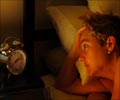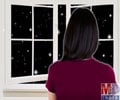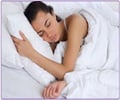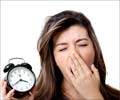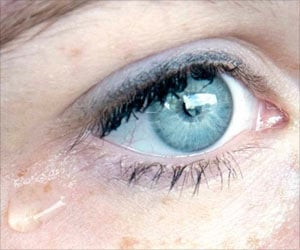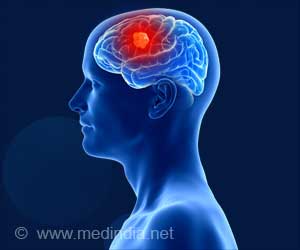New biomarker to avoid safety risk for the sleep deprived has been discovered. Lack of sleep can be dangerous.

‘By looking at a wide variety of components of human eye movements, scientists could not only detect sleepiness but also distinguish it from other factors, such as alcohol use or brain injury, that we have previously shown cause subtly different deficits in eye movements.’





To establish a baseline, the research team had the participants experience two weeks with a regular 8.5 hours per night sleep schedule and abstain from any alcohol, drugs, or caffeine so that they were sure they started the experiment completely well-rested with no sleep debt or disruptions. They then had the participants spend up to 28 hours awake in the Fatigue Countermeasures Laboratory at NASA Ames, where they tested them periodically throughout the day and night to monitor how their visual and eye-movement performance changed throughout the day-night cycle.
By using state-of-the-art eye movement research techniques, they were able to generate reliable effects showing trends of increasing impairment throughout the night for components of motion perception, such as smooth, continuous tracking eye movements (called pursuit), and effects on the small, episodic, jumping corrective eye movements (called saccades)
The researchers found that when participants were asked to track stimuli with unpredictable onset, direction, speed and starting location, human eye movements were dramatically impaired.
These findings have important implications for individuals who work in jobs requiring vigilant monitoring and precise motor action, such as military personnel, surgeons and truck drivers. These measures could be used in assessing individuals working during the biological night, or following sleep loss.
Advertisement
"There are significant safety ramifications for workers who may be performing tasks that require precise visual coordination of one's actions when sleep deprived or during night shifts.”
Advertisement


